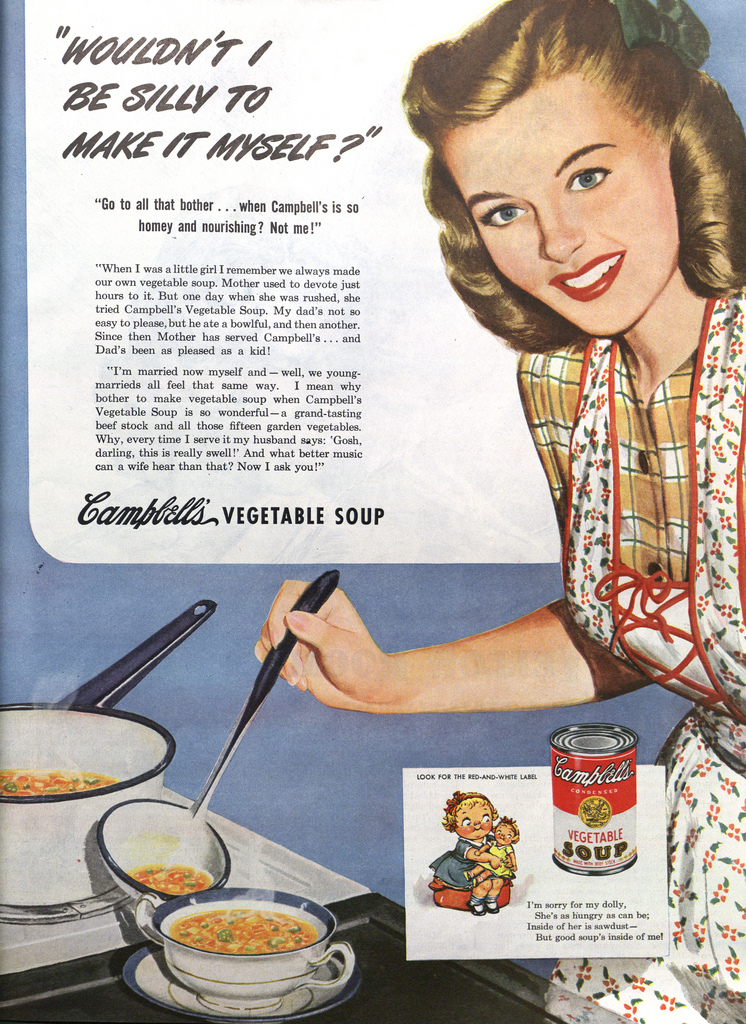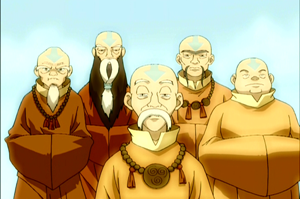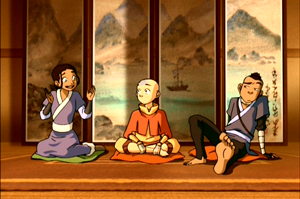In Something from the Oven, Laura Shapiro explains that, after WWII, the U.S. government made a huge push to get women out of jobs and back into the kitchen. So much for Rosie the Riveter.
Part of the propaganda involved a return to time-consuming home cooked meals. But this propanganda was up against a contradictory need of food-related companies to market to the general public the advances they had made during the war in non-perishable and pre-cooked and packaged food. So, on the one hand, women were encouraged to spend all day on a roast and, on the other hand, they were encouraged to take advantage of new food technologies.
This ad, from the 1940s, incites women to take advantage of Campbell’s pre-made soup:
Text:
“WOULDN’T I BE SILLY TO MAKE IT MYSELF?”
“Go to all that bother.. when Campbell’s is so homey and nourishing? Not me!”
“When I was a little girl I remember we always made our own vegetable soup. Mother used to devote just hours to to it. But one day when she was rushed, she tried Campbell’s Vegetable Soup. My dad’s not so easy to please, but he ate a bowlful, and then another. Since the Mother has served Campbell’s… and Dad’s been as pleased as a kid!
“I’m married now myself and — well, we young-marrieds all feel that same way. I mean why bothe to make vegetable soup when Campbell’s Vegetable Soup is so wonderful — a grand-tasting beef stck and all those fifteen garden vegetables. Why, every time I serve it my husband says: ‘Gosh, daring, this is really swell!’ And what better music can a wife hear than that? Now I ask you!”
Ad via Found in Mom’s Basement.












